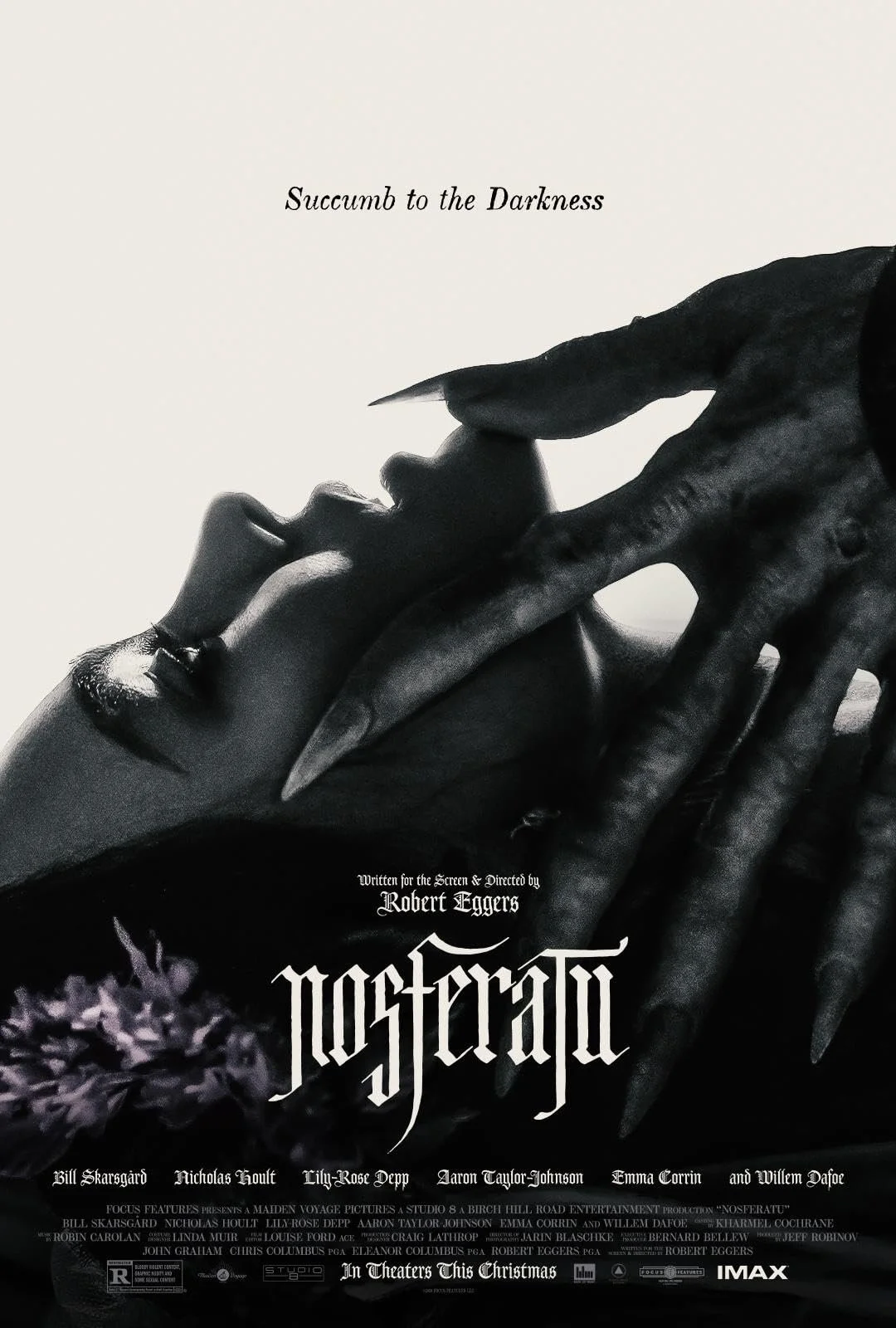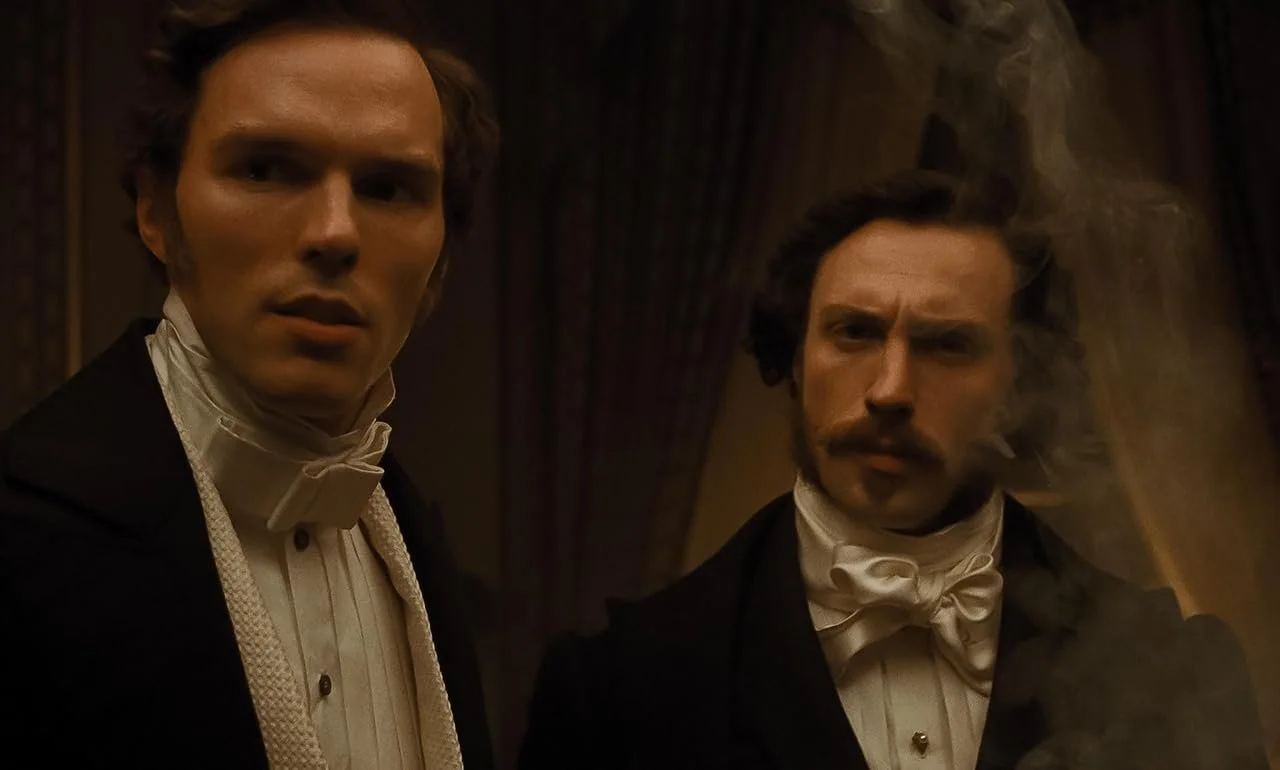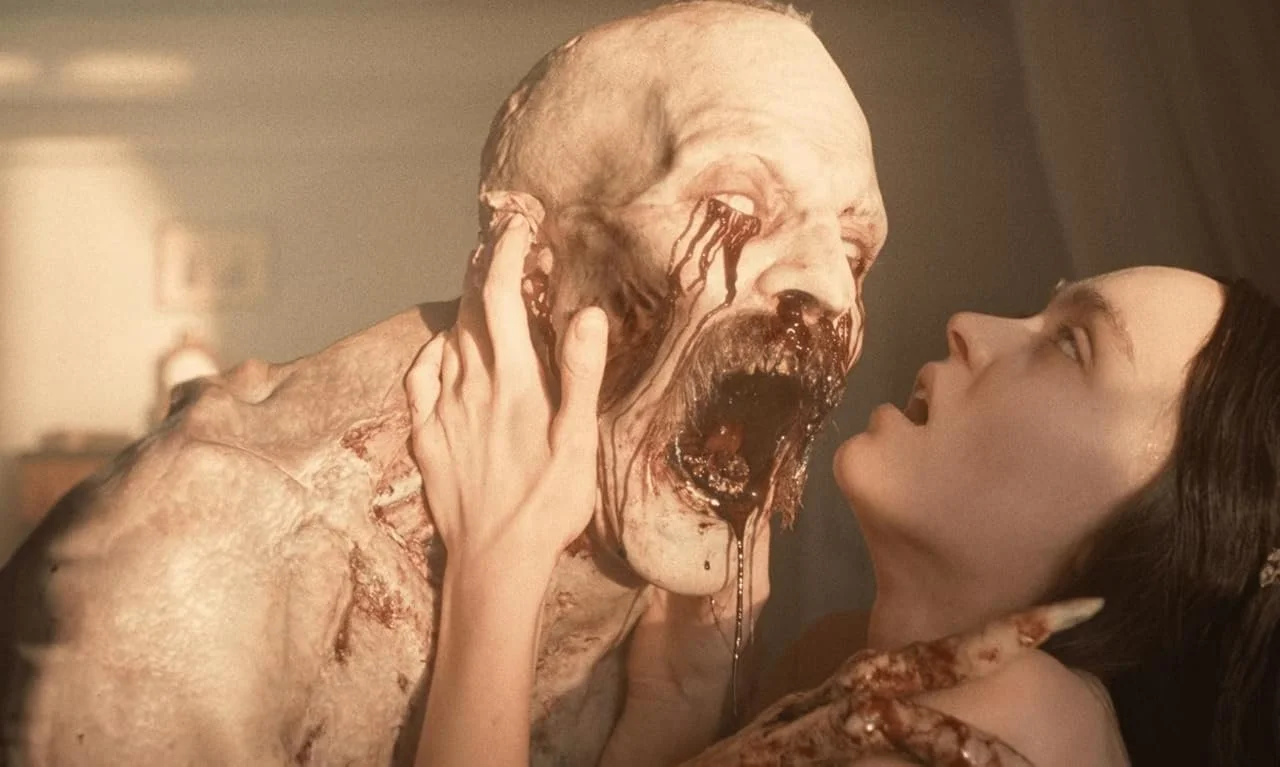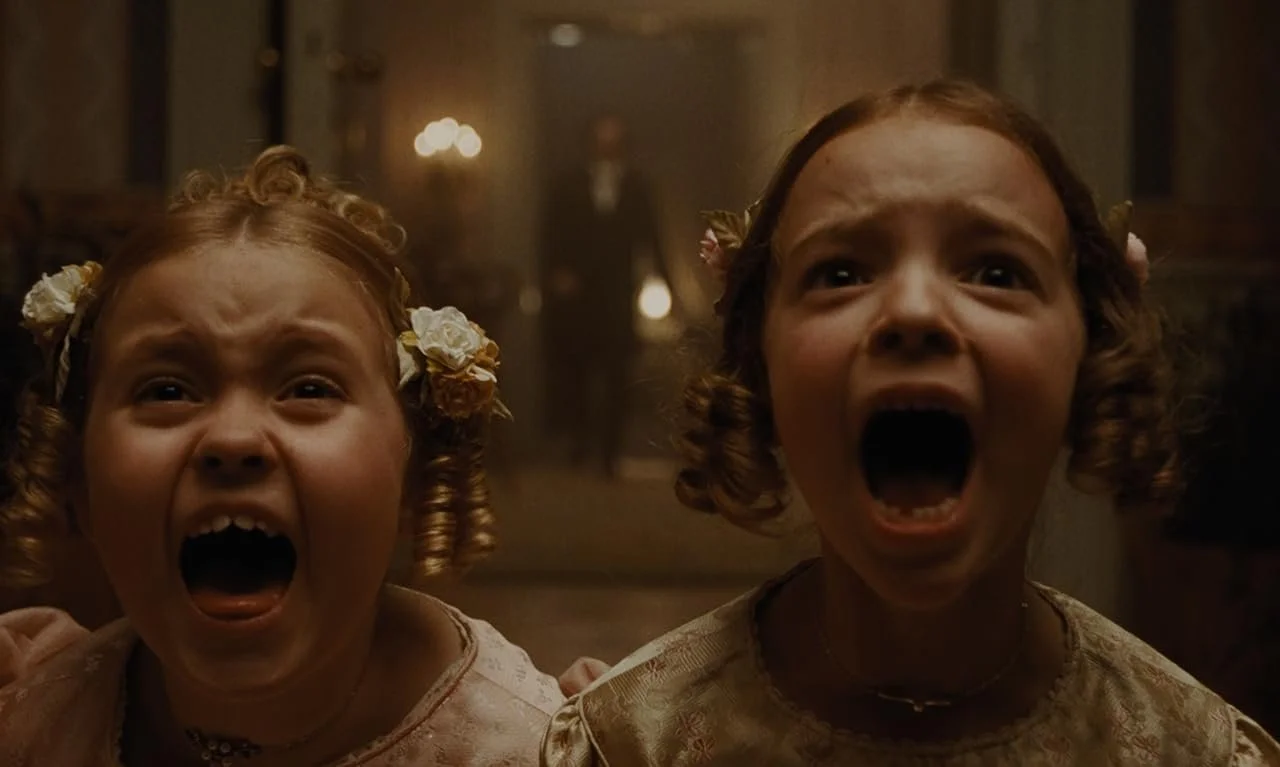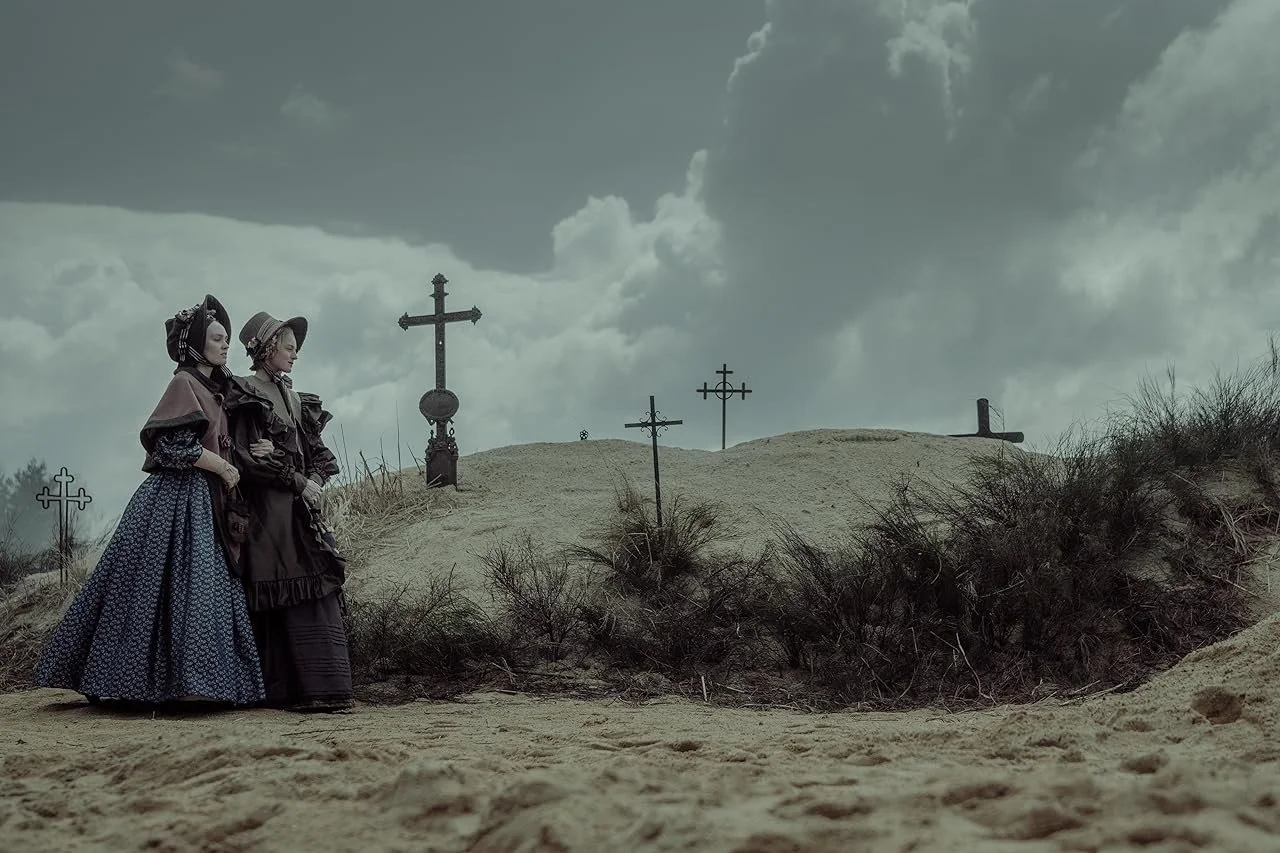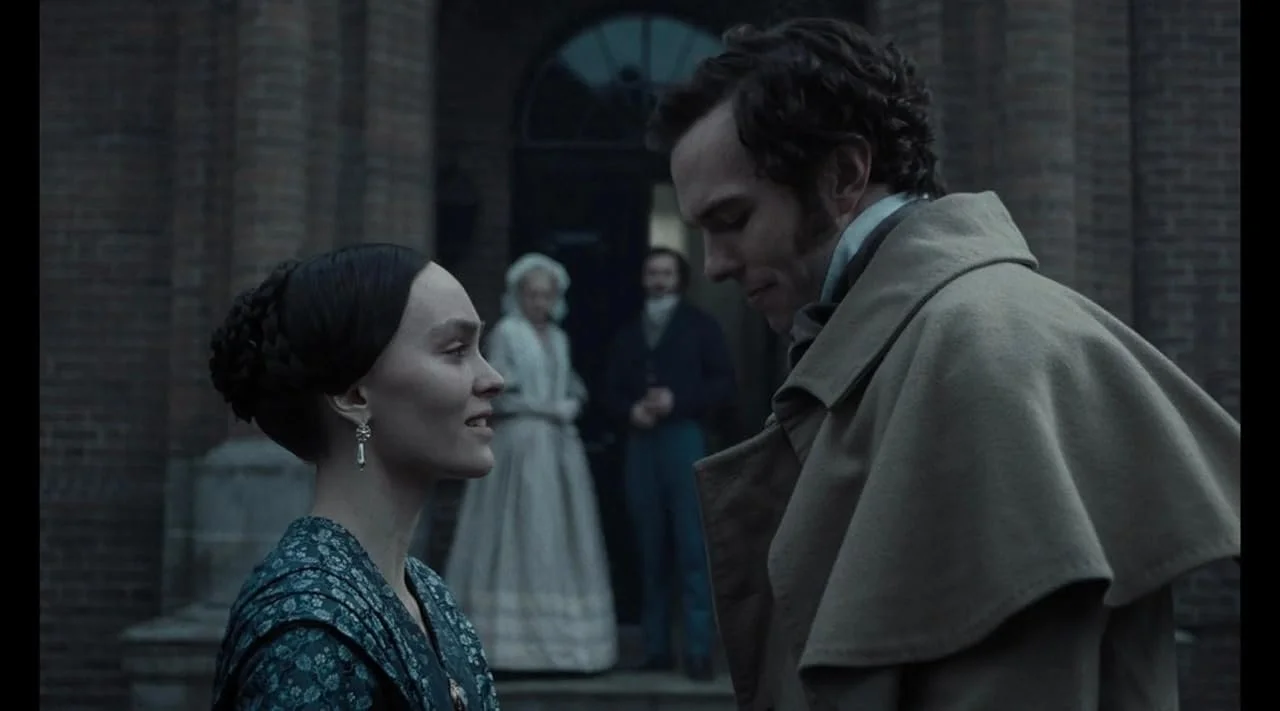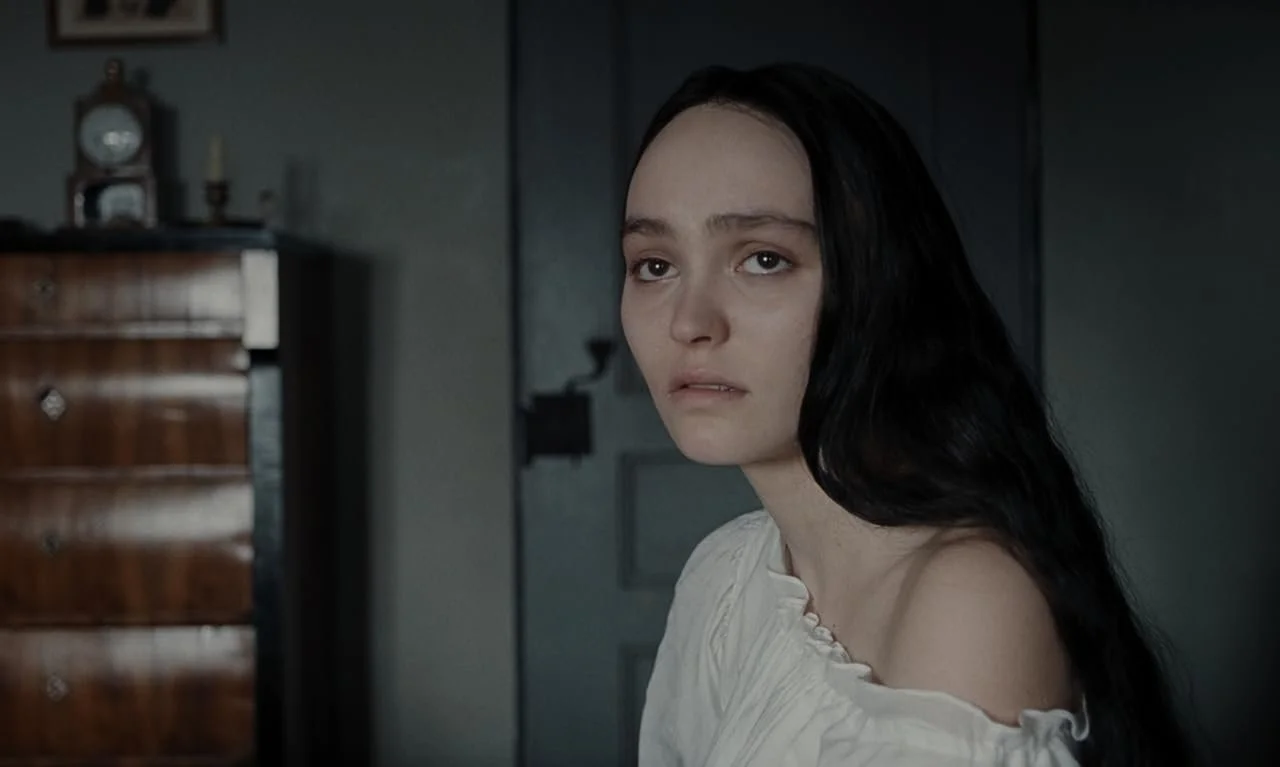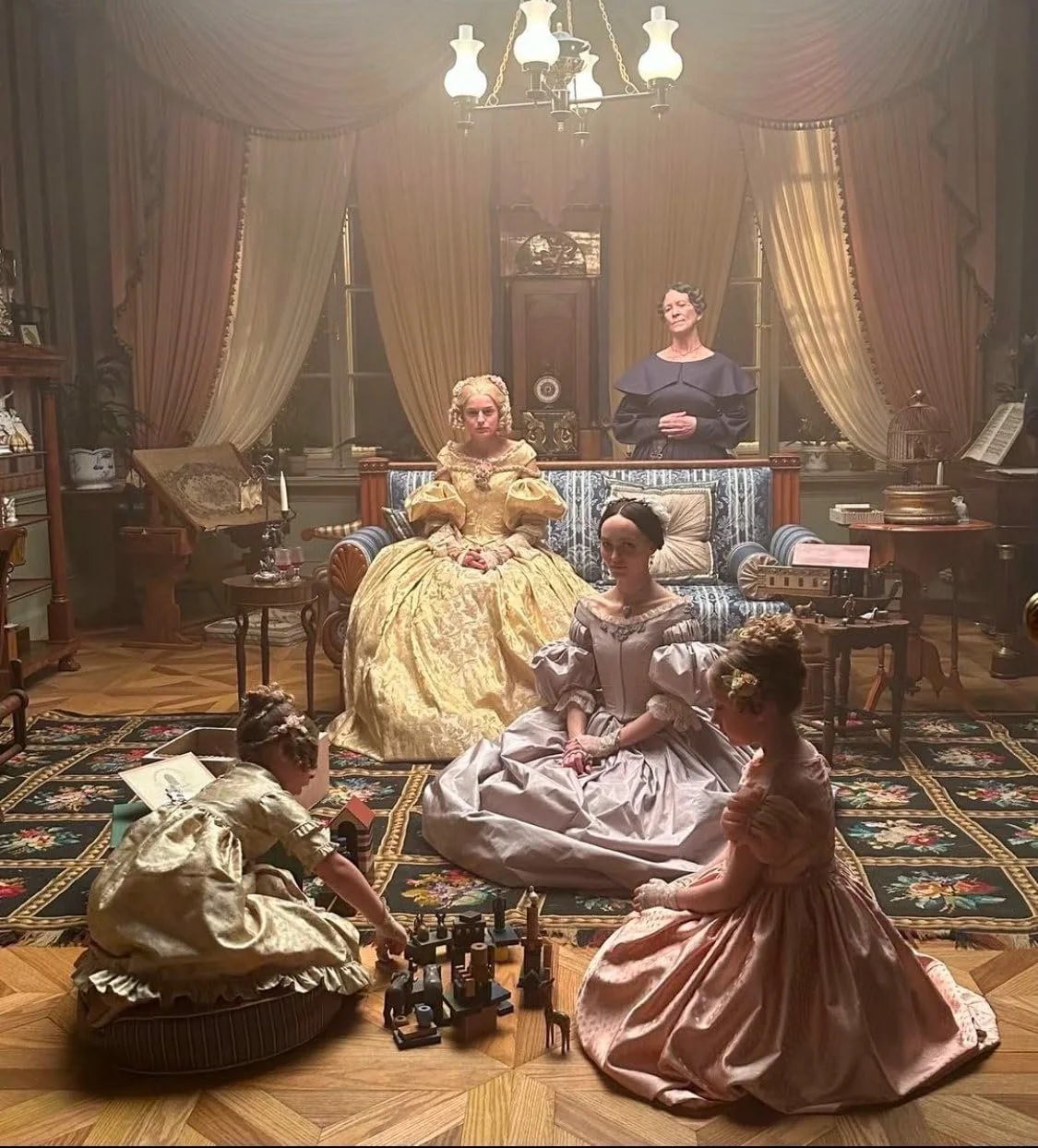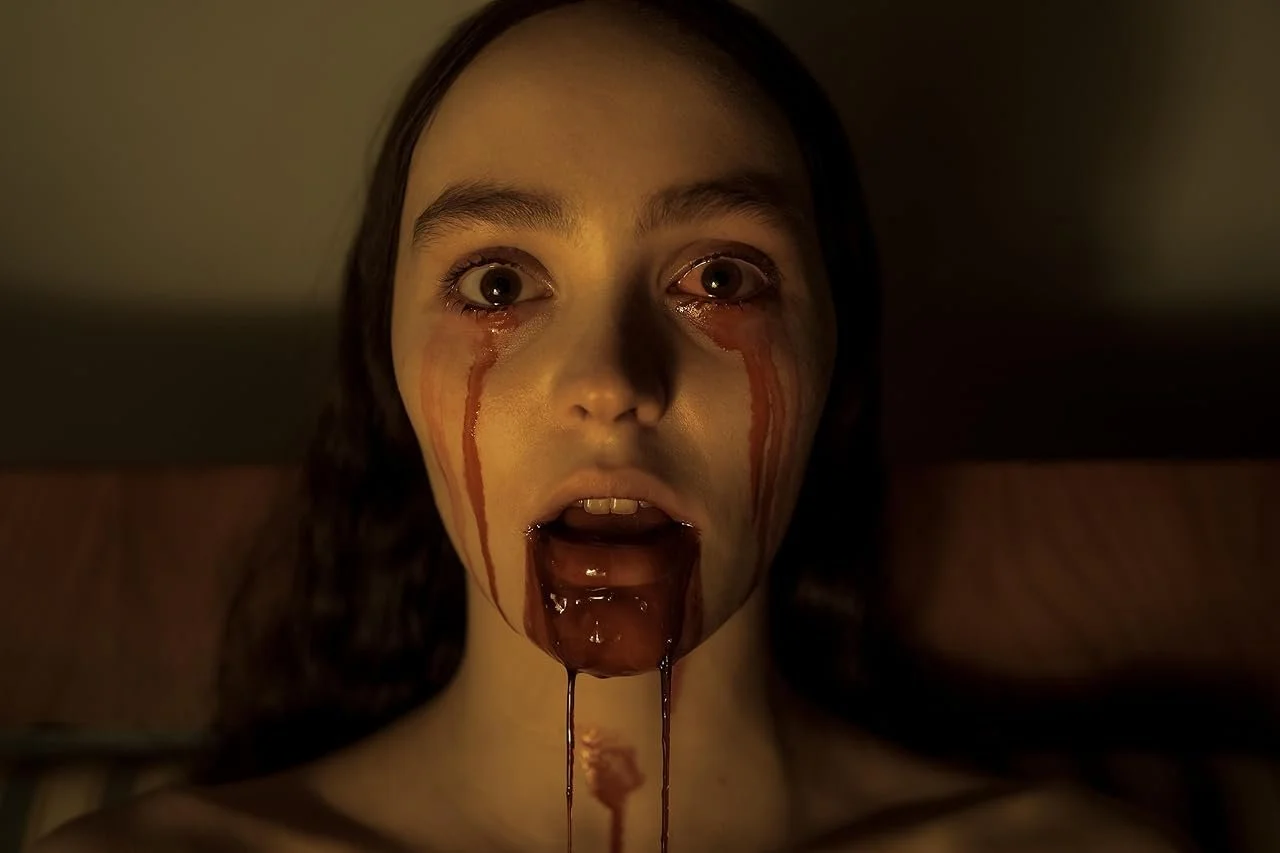Day 3: Revisiting Nosferatu- Silent, Sinister, Eternal!
I had no idea I would be prepared to be utterly consumed by shadow and dread. A chilling new vision of an immortal evil crept out of the darkness. Robert Eggers, the auteur behind modern gothic masterpieces like The Witch and The Northman, turned his meticulously crafted, darkly atmospheric lens on the definitive vampire tale: Nosferatu. This 2024 American horror film was a direct remake of F.W. Murnau’s seminal 1922 silent classic, Nosferatu: A Symphony of Horror, which itself drew inspiration from Bram Stoker’s timeless novel, Dracula (1897).
The story centers on Thomas Hutter (Nicholas Hoult), a naive solicitor working for the oddball Knock (Simon McBurney). Seeking a promotion, Hutter accepts a journey to far-off Transylvania to meet a mysterious count. His new wife, Ellen (Lily-Rose Depp), unsuccessfully pleads with him to stay, and he leaves her in the care of his wealthy friend, Friedrich Harding (Aaron Taylor-Johnson), and his wife, Anna (Emma Corrin). Soon, those left behind require the help of the dedicated Dr. Sievers (Ralph Ineson) and his mentor, Von Franz (Willem Dafoe)—a professor of the occult who is this adaptation's version of the iconic Van Helsing.
Hutter’s journey is shown with a real sense of scale. His lonely ride through snowy forests and across rugged mountains gives the film some strikingly beautiful moments, while also showing just how harsh and unforgiving this world can be. By the time he finally reaches his destination, it feels like he’s earned that promotion simply by making the trip.
Waiting for him at the end of the road is the crumbling castle of Count Orlok, played by Bill Skarsgård (It, The Crow), though he’s almost unrecognizable. Hidden under layers of makeup and heavy clothing, Eggers first keeps him at a distance and in shadow, letting the suspense build. When Orlok finally steps into view, he is nothing like the smooth, seductive vampires audiences might expect. Instead, he looks like a decaying corpse brought to life, and it’s equal parts horrifying and fascinating to watch.
One of the most striking choices Eggers makes is how he frames Ellen’s connection to Orlok. From the very beginning, her childhood prayers for companionship come back in a terrifying way, suggesting that loneliness can invite its own monsters. By the time she’s grown, her link with Orlok isn’t just supernatural window dressing, it’s the emotional core of the story. The film hints that Orlok is less an outside invader and more a curse born of Ellen’s own longing, and that makes her eventual sacrifice hit even harder. Her bond with him carries the weight of fear, obsession, and inevitability, setting the stage for the film’s most powerful moments.
This bond culminates in Ellen’s final act. Spoilers aside, her decision to give herself over to Orlok reframes her entire character. Instead of being a passive victim of nightmares, she takes control in the only way left to her, turning her vulnerability into strength. It’s a moment that blends tragedy with empowerment, and it leaves the film lingering long after the credits roll. Eggers doesn’t end with spectacle, but with sacrifice, proving that the true horror isn’t just in what we see onscreen, but in the weight of what the characters give up to survive.
If you want horror that creeps instead of jolts, Nosferatu delivers. It’s beautiful, disturbing, and almost mesmerizing — just know it’s not perfect, and maybe that’s part of its charm.
Another tale buried, another fear unearthed. Tomorrow, the creep continues with Preshaa Creeps: 31 Nights of Fear!

